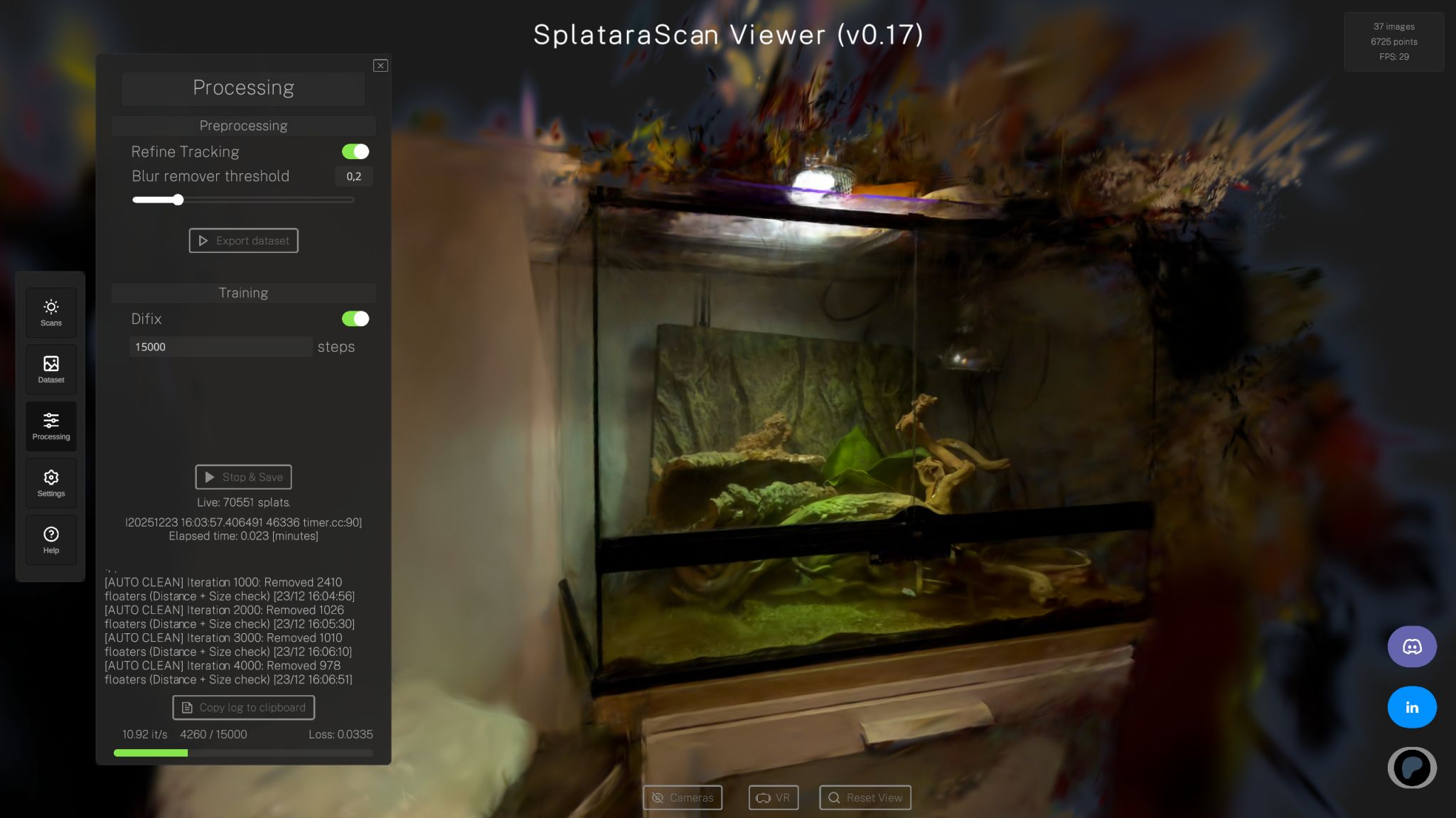

Michael Rubloff
Nov 14, 2024
It's no secret that educational applications for radiance field work hold immense potential. Over the past two years, we've demonstrated several examples of such use cases.
Today, we're showcasing the largest endeavor to date—one that I came across this morning from the Microsoft team, in collaboration with Iconem.
This project is a complete reconstruction of St. Peter's Basilica in Vatican City. It represents a massive achievement, involving over 400,000 individual still images paired with other modalities like LiDAR. What's particularly exciting is that they've created an interactive version of the church, available through the YouTube video description. As I clicked through the examples, it became immediately obvious what the team had used for the reconstruction: Radiance Field reconstruction method, Gaussian Splatting.
This interactive and educational use case of Radiance Field technology, specifically Gaussian Splatting, is a remarkable departure from traditional photogrammetry—using an entirely different set of technologies. It is clearly a 3DGS implementation, with its distinctive spiky Gaussians and view-dependent effects on full display. While some of the captures are better than others, the sheer level of detail packed into these representations, combined with the ability to explore them interactively on the web, is no small feat.
Take a closer look at the example within the dome. Zoom in continuously, and the details just come alive. Additionally, you can click on the. "i" icon next to the timeline to see more information about the space. The project offers countless small details and explorable sections of the church, and I highly recommend taking some time today to click through and experience this iconic structure. You can find the demo here, and additional information about the project here.
Neither Microsoft nor Iconem have commented publicly on their use of the radiance field method yet, but there's no denying the technology on display here.
Microsoft has been notably quiet in the realm of Radiance Field research and products compared to fellow tech companies like Meta, Google, and NVIDIA. But perhaps this marks the beginning of many Radiance Field-based initiatives for the tech giant. The experience can be found here.
I expect we'll see more and more of the world's most iconic landmarks preserved in hyper-real 3D using Radiance Field-based methods in the coming months. If you're interested in creating an educational experience with 3DGS, I recommend checking out StorySplat as a tool to help build it.







